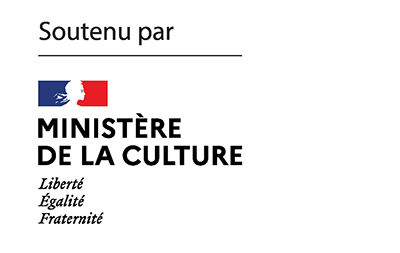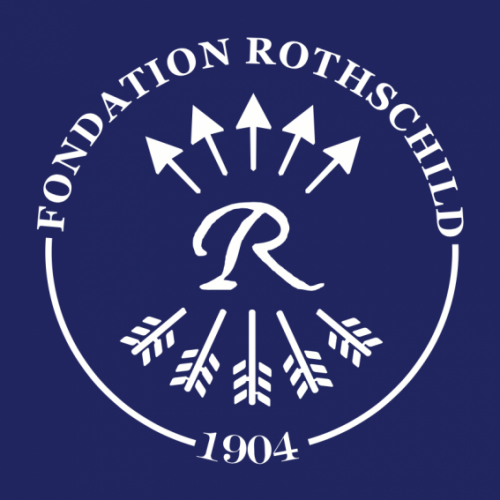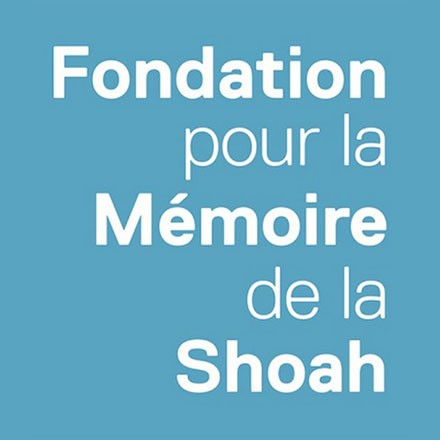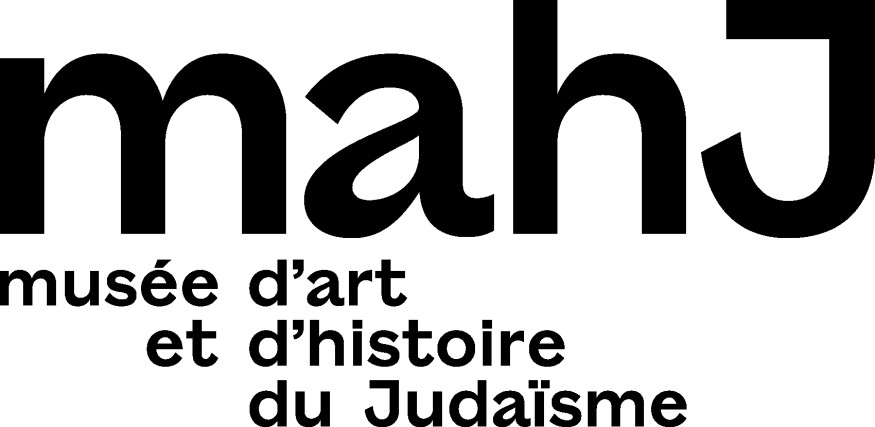Antwerp and its diamonds. Nathalie Skowronek introduces us to a world that is disappearing. The author went around the city to meet the sons, grandsons and great-grandsons of Antwerp’s diamond merchants, who understand that “for them it’s all over” and see that “English has finally buried their Yiddish”.
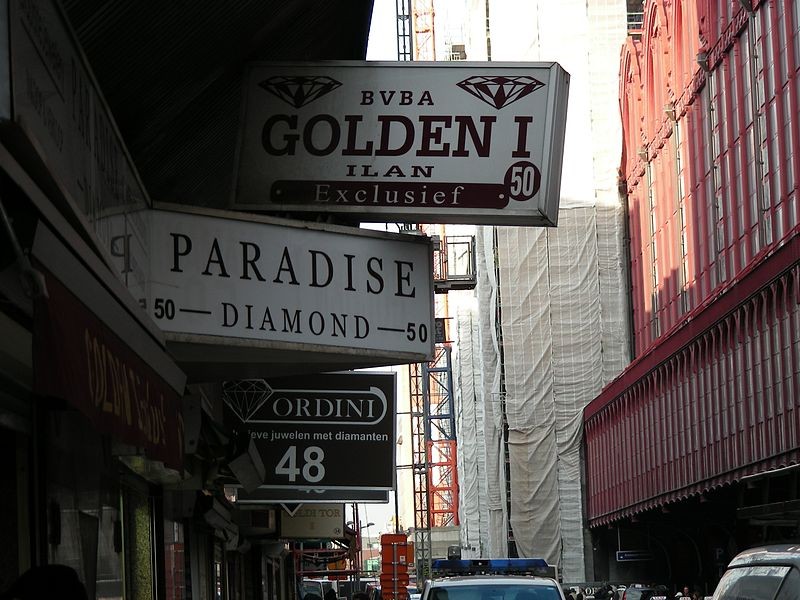
They are sitting at a café in the Empire Shopping Center in Antwerp, a mall one block from the central station, faded, a little dark, with stores that are not exactly state-of-the-art, which once must have been more alluring than today. They speak French with each other, Dutch with the waiter, English when a customer calls. Climbing the escalators of the neighboring Century Center, one reaches a Mediamarkt sign, the temple of household appliances and multimedia devices, the probable lifeblood of a center that, 10 minutes from the Meir, attracts only too few passers-by. But they come. They are there. They have come down from the neighboring offices, they do not even make appointments: they know that they will always come across a known face, a similar person, a friend who, like them, will have ten, twenty, thirty minutes to kill time. They will chat, talk about the children who are growing up, and exchange a few anecdotes. Because time is long and, to tell the truth, it kills them more than they kill it. Long gone are the days when the streets were swarming with these hurried figures running to business, a bag of goods chained to their belts. The neighborhood was then a hive of activity, providing a living for hundreds of Jewish families who, on different scales, bringing into play multiple and complex networks, each exploiting in its own way a common and nonetheless unique know-how, earned their living by buying, cutting and reselling the most prized of precious stones, the diamond.
From Brussels, we, the clothes sellers, those nicknamed in Yiddish, the language of the Eastern European Jews, sellers of shmattes, literally rags, clothes of little value, watched our Antwerp “cousins” handling the tiny stones wrapped in glossy paper with sophisticated folds. The discrepancy between what was on display in the large windows of the jewelers and what we saw at the wholesalers made the trade very mysterious to us. No one was talkative in this environment, which was used to operating in self-contained fashion. We knew that the raw material was imported mainly from South Africa and managed by the De Beers company since the end of the 19th century, like a quasi-monopoly. An English reverend’s son, mining magnate Cecil Rhodes, founded the company in 1886. The rough diamonds, divided into lots, were then sold to a limited number of families who were said to have a view, i.e. they were the first to consider the merchandise. From there, other offices of various sizes, sometimes simple brokers, went to work. Located in the diamond district of Antwerp, three streets with four different exchanges, which should be understood as places where merchandise was exchanged and not stocks, they in turn chose the diamonds that would join their inventory. Either for resale, the business being sufficiently flourishing for several intermediaries to take their share, or to send them to be cut. For the customers and then the cutters had the power to transform these rough stones into treasure, cracking and cutting the facets to reveal their luster. This manipulation, precise and ancestral, a “goldsmith’s work” carried out by specialized laborers, was taught to the sons when they left school. Before joining the fathers’ offices, the new generation was sent to the factory for a few months. With their eyes riveted to the magnifying glass, they discovered how to get the most out of what was never called “diamonds” here – that was left to the uninitiated – but always, in all circumstances, “stones.”
Diamond dealers, diamond dealers’ wives and diamond dealers’ children know this: stones are valued according to the “4 Cs” classification. There is the cut, which is decisive for increasing brilliance; the color, which runs on a scale from the most exceptional white to the most marked colors; the clarity, which introduces significant differences in the value of diamonds of identical appearance; finally, the carat, the unit of weight of precious metals.
In Antwerp, in the streets adjacent to the Keyserlei and Pelikaanstraat, an area barely the size of three soccer fields, between the central station and the city park, nothing is more common than daily contact with diamonds. The perimeter, sometimes referred to as the Diamond Square Mile, is ultra-secure. This is evidenced by the gates that allow access by car only with a pass, the many cameras on the facades, the airlocks at the entrances to the buildings, and the police station nearby. If we look at the figures put forward by the milieu, which perhaps has an interest in inflating them slightly, we would add that 75 to 80% of the world’s rough diamond production is processed there. So much so that the stones are in every conversation, they are evoked, compared, denigrated and praised from morning to night. In my mind, even though I know it is reductive, they are all Jews, busy around the exchange, stopping work as the Sabbath approaches, adjusting their days off according to the calendar of religious holidays. Many have long since stopped practicing, some have remained traditionalists. Others, a minority, still wear the black caftan, the traditional garb of the Hasidim, an ultra-Orthodox movement that originated in 18th-century Eastern Europe and advocates an intense and joyful spiritual life, particularly through song and dance. Its followers have a distrustful relationship with modernity and are careful to mark their difference, as evidenced by their silhouettes that seem to come from another time. Relying on Georges Perec’s words in Things: “It was their reality, and they had no other,” I see the diamond artisans as I have long seen the world of textiles and its workshops: only moving on the basis of indications given in Yiddish, the very language of which I now understand only a few rare expressions, which act on me like Proust’s madeleine. If Yiddish has always seemed to me to be a sign of recognition that allows one to know who one is, where one comes from, here in Antwerp, an old-timer, who witnessed the heyday of the diamond district, suggests in French with a shtetl accent a slightly different reality: “At the time, we were so much a part of the place that the Sephardic Jews and even the Indians who lived near the exchange used Yiddish to do business.”
The beehive has its codes and hierarchy, the trade has multiple ramifications. For decades, there was no shortage of work, even if it paid out in very unequal degrees. One regularly hears “he is in diamonds” and that is enough to understand that so-and-so has grafted himself to such-and-such a place in the system, that he is looking for the “mètsiè,” the good deal, and therefore concludes his transactions with only “mazal,” a Yiddish word that means luck and is equivalent to the most sophisticated of contracts. Here, there is no need for a written record, the business operates on the basis of word and honor, and everyone knows each other. Reputation is worth more than the best company balance sheet, and the slightest black sheep will be ejected from the system by itself, as if by a sort of self-regulating mechanism. During the post-war boom, those years of joyful and uninhibited consumption, with the idea that anything that kept death at bay was good for the taking, the diamond district was almost like heaven on earth. Honey and milk flowed there, at least for the most privileged or the most talented, necessarily more visible. We repaired ourselves, we recovered, we needed to feel alive, more and more cicada and less and less ant, we did not even worry about what the future holds. Because as Shirley Bassey sang it in yet another James Bond movie, the last one in which Sean Connery starred: “Diamonds are forever.”
So yes, for three, four decades, the Antwerp diamond dealers had the feeling that they had eternity on their side. This made them strong, it made them reckless. The fathers imagined that they were passing on to their sons the business that they themselves had inherited from their parents. They did not see change coming. They did not care to adapt to new economies, nor did they seek to make themselves less susceptible to the crises that we’re brewing. They still believed in the magical power of stones. Like Max, my Auschwitz survivor grandfather, who never went out without a few diamonds in his pocket, not too big, not too expensive, easy to sell for “just in case.” He wanted to give himself a chance to escape if the bad times came again, fooled like so many others by this idea “as true as it is false and as false as it is true” that covering oneself with gold protects. But at the turn of the 21st century, in the age of the Internet and globalization, when diamonds were now traded in Dubai, Moscow, Bombay, New York and Tel Aviv, Antwerp could no longer hold its own as “an exchange center that makes and enforces its own laws.” In the past, commissions ruled, arbitrated, had the power to prohibit; today they only have an advisory role. Today, they have only a consultative role. “It’s as if they were a force to be reckoned with,” confirms a friend who still sits on one of these councils. The neighborhood did not see that wealth was becoming digitized, that diamonds on a table were no longer a match for the virtual values lurking inside computer systems. The environment was suffering, the market was dispersing, working methods were becoming more rational. The scanner now knew as much about stones as the most knowledgeable of specialists, taking away from experience what was left of its advantage; the laser had replaced the know-how of the customers; the art of cutting did not have the means to resist in the face of competition from an off-shore workforce, which would work up to ten times cheaper than the historical factories. Few were taking precautions or reinventing their practice, few were those who measured the speed at which the trade was transforming. In the same way that the Jewish clothing sector, from which I originate, has declined, notably the Parisian Sentier which has been damaged by the emergence of Asian suppliers, or its Belgian equivalent, the “Triangle” district behind the Aviation Square in Anderlecht, a certain Antwerp diamond merchant is also living his last hours. Statistics are lacking, but we can simply say, for what it is worth, that on the mailboxes of the Belgiëlei or Quinten Matsijslei buildings in the center of Antwerp, where the diamond merchants of the last century used to live in large numbers, Indian-sounding names such as Metha or Shah, Indian equivalents of Dupont-Durand, have replaced Frydman, Goldstein, Rosenblum, and others.
“The diamond is dead,” says a son, grandson and great-grandson of an Antwerp family that has just sold two factories in Thailand for a pittance. I listen to him and I am reminded of the women’s clothing stores that my family ran for four generations on the rue de la Montagne in Charleroi. Of course, those have been closed for more than ten years, like so many others. Here, the office that the family rented in one of the many buildings in the diamond district has been kept. “I sit there every day, you never know,” says the man who, deep down, understands that not much will happen there anymore. What about retraining? He thinks about it, but he does not necessarily have the diploma or the tools for the new world. Young people are encouraged to build a life elsewhere, far from Antwerp where everything is now closed. Some have pulled on the rope as long as possible, the rope has broken. There is no money, no prospects, and they talk with concern about the big diamond player who became a cab driver a few years ago.
They must be between forty and fifty years old. They still take care to swap their jeans-sneakers get-up from the weekend for shirts and suit pants but they know that for them, it is over. They arrived too late to enjoy the great diamond years, too early to imagine themselves in any other business. They saw the brokers disappear, and many offices, and small jewelry stores. English eventually buried Yiddish. Breaking up the day with one or another coffee break at the Empire Gallery, they often talk about a time that people under twenty cannot know, but, to tell the truth, they themselves are not quite sure they ever knew it.
Nathalie Skowronek
Nathalie Skowronek, born in Brussels, is a writer. She has published in French ‘Karen et moi’ (Arléa, 2011), ‘Max, en apparence’ (Arléa, 2013), ‘La Shoah de Monsieur Durand’ (Gallimard, 2015) and ‘Un monde sur mesure’ (Grasset, 2017). Her latest book ‘La carte des regrets’ (Grasset, 2020) received the European Union Prize for Literature. She teaches at the Master Texts and Literary Creation of the National School of Visual Arts of La Cambre and has just been admitted to the Royal Academy of French Language and Literature of Belgium.
This text was originally published in the Belgian magazine Wilfried.



